Are you holding back on creating your first sewing pattern because you're not sure what all the terms mean? Here is a little sewing ABC with descriptive pictures that you can use to help. Bookmark the post so you can come back to it once you get started on your sewing project.

RIGHT SIDE
The front or "fine" side of the fabric.
ADVERSE SIDE
Back of the fabric.

STRAIGHT AGAINST STRAIGHT
Two pieces of fabric are placed on top of each other so that the right sides (= the "nice" sides) lie against each other.
ZIGZAG THE EDGES
Sew with a zigzag stitch all the way around the cut out piece of fabric to keep the edges from fraying.
The idea is that the seam should go over the edge, so that one impact with the needle is on the fabric and the other outside. In this way, the sewing thread will lie around the edge.

SEWING MOON
If you are going to sew a pillow that is 50cm wide, this means that the length between the seams is 50cm. To get the right measurements, you need a little extra fabric all around to be able to sew. This is called seam allowance.
If it says in the pattern that there should be a 1 cm seam allowance, it is important to check that the seam ends up 1 cm from the edge so that the measurements are correct.
Sometimes it says that you should add the seam allowance yourself, then you first draw around the pattern piece on the fabric, measure as wide a seam allowance as you want and draw around the entire pattern piece again.
Note! All By Sandramaria patterns include a 1 cm seam allowance unless otherwise clearly stated. So you don't need to add a seam allowance.
THREAD DIRECTION
On pattern parts there is often an arrow showing the thread direction.
The thread direction usually runs parallel to the fabric's hem, but in woven fabric the thread direction can run both parallel to the hem and straight towards the hem.
Place the pattern part on the fabric so that the arrow is in the direction of the thread. Sometimes the pattern part should lie across or on the diagonal to the direction of the thread.
Even if woven fabric has two thread directions, you should preferably lay all pattern parts in the same direction so that they do not shrink differently in the wash.
AGAINST WEIGHTED EDGE
Fold the fabric along the direction of the thread and lay the pattern part so that the side marked "against folded edge" is flush with the folded edge of the fabric.
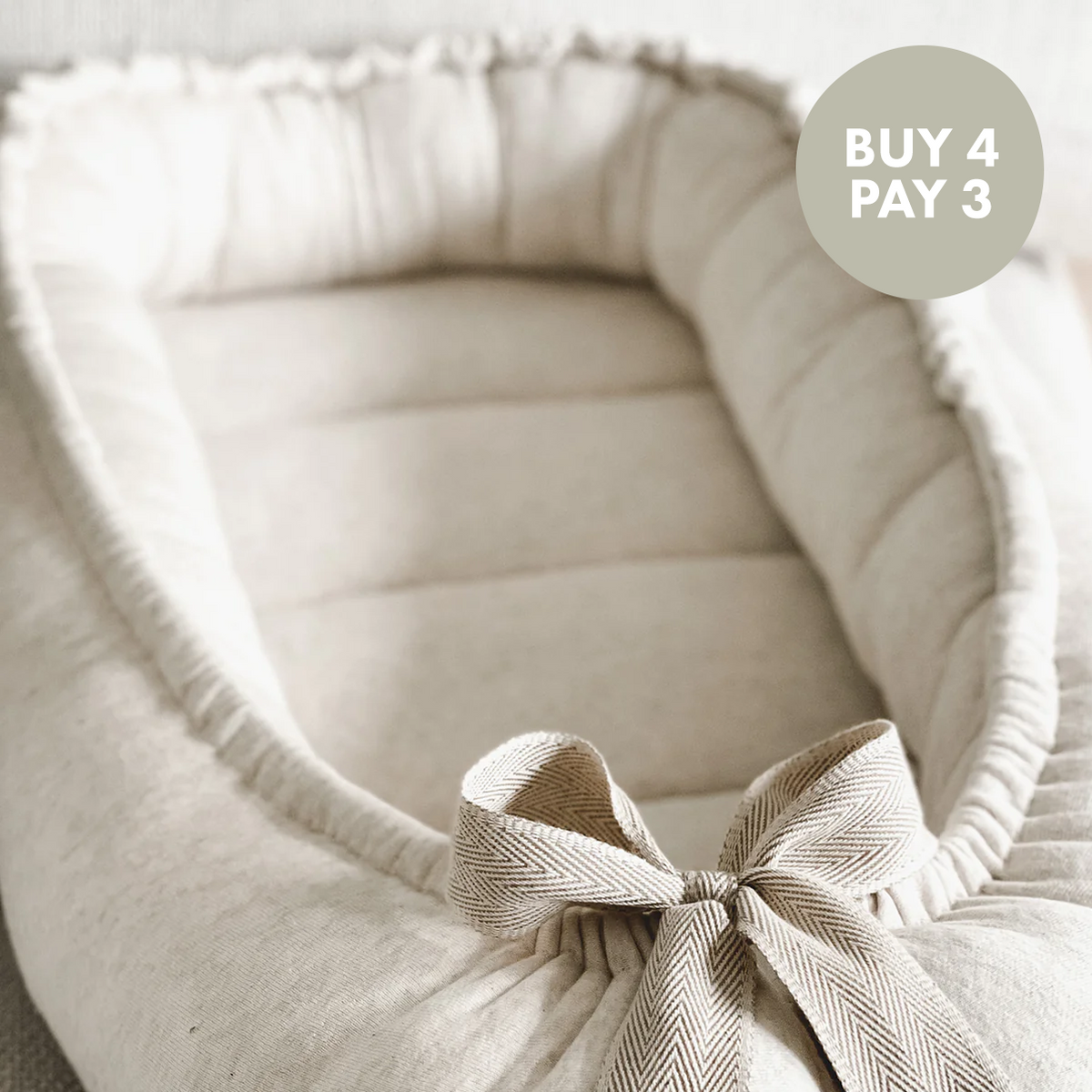
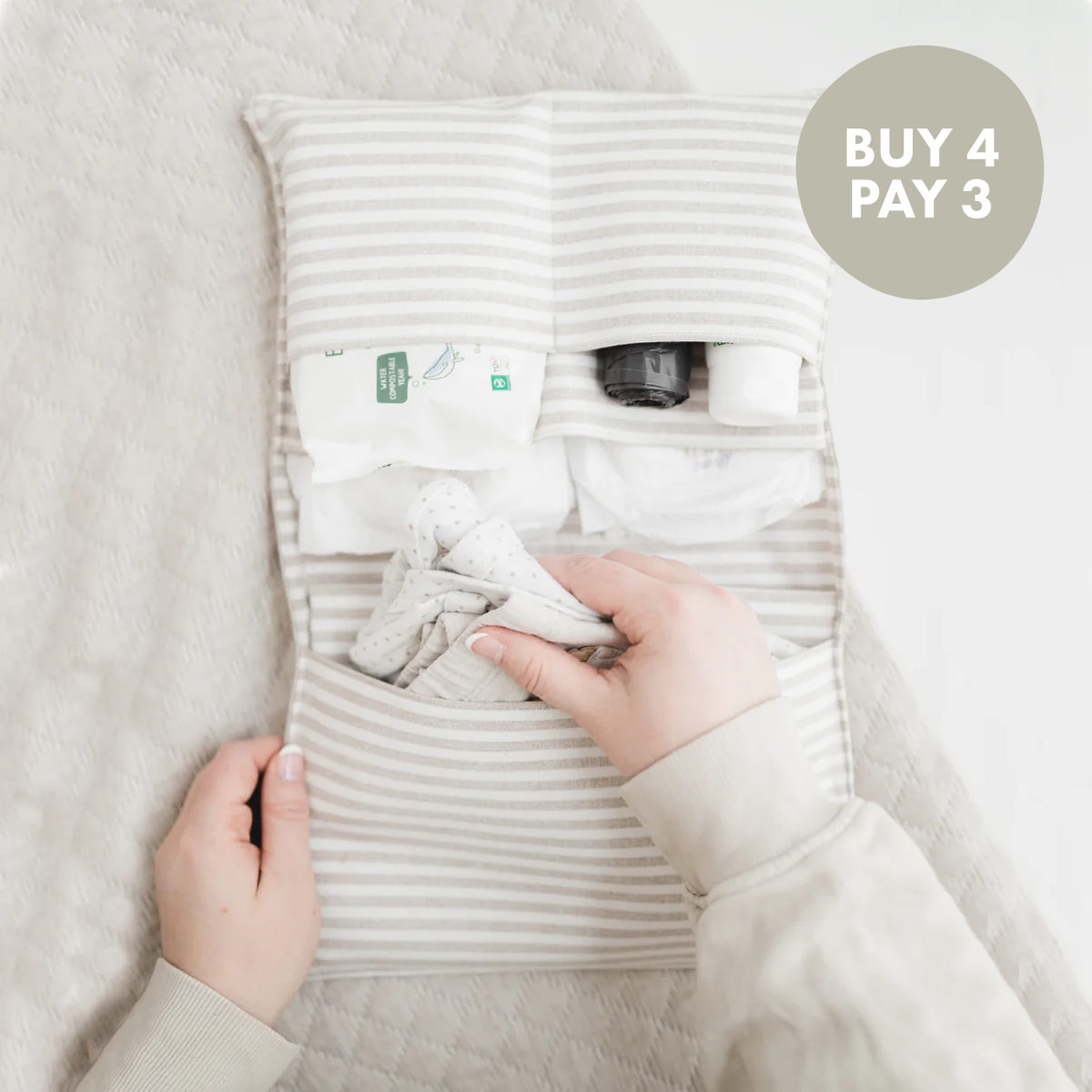
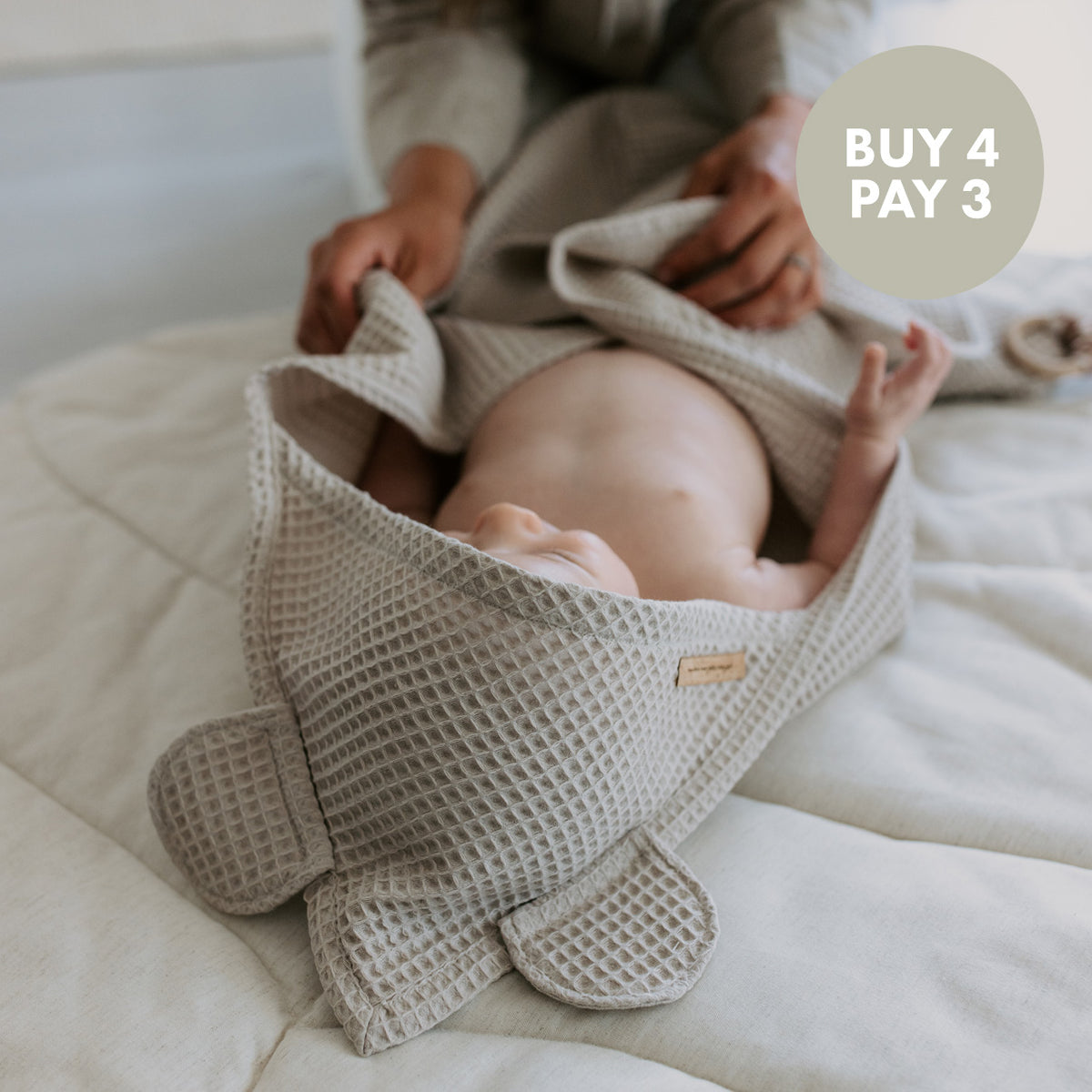
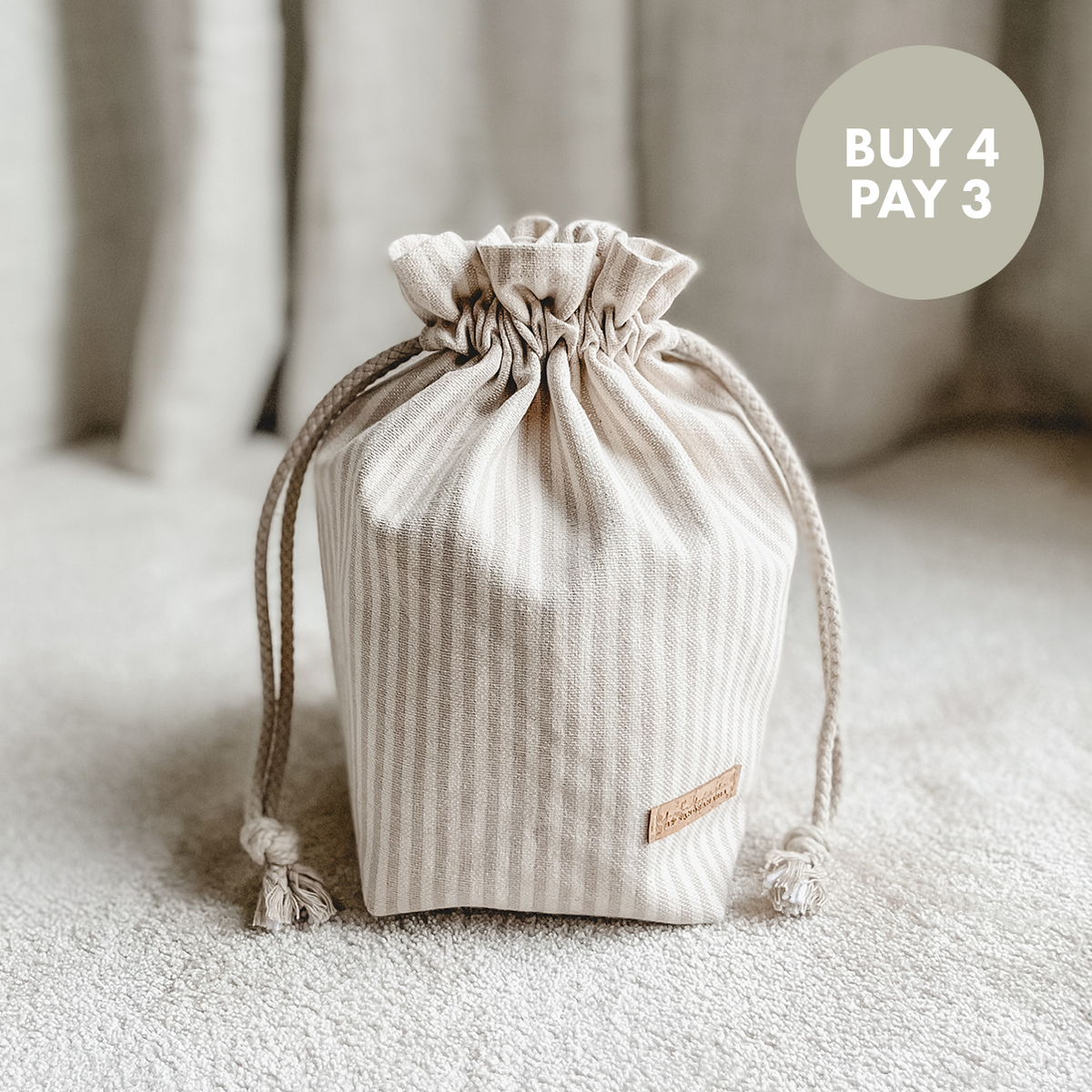

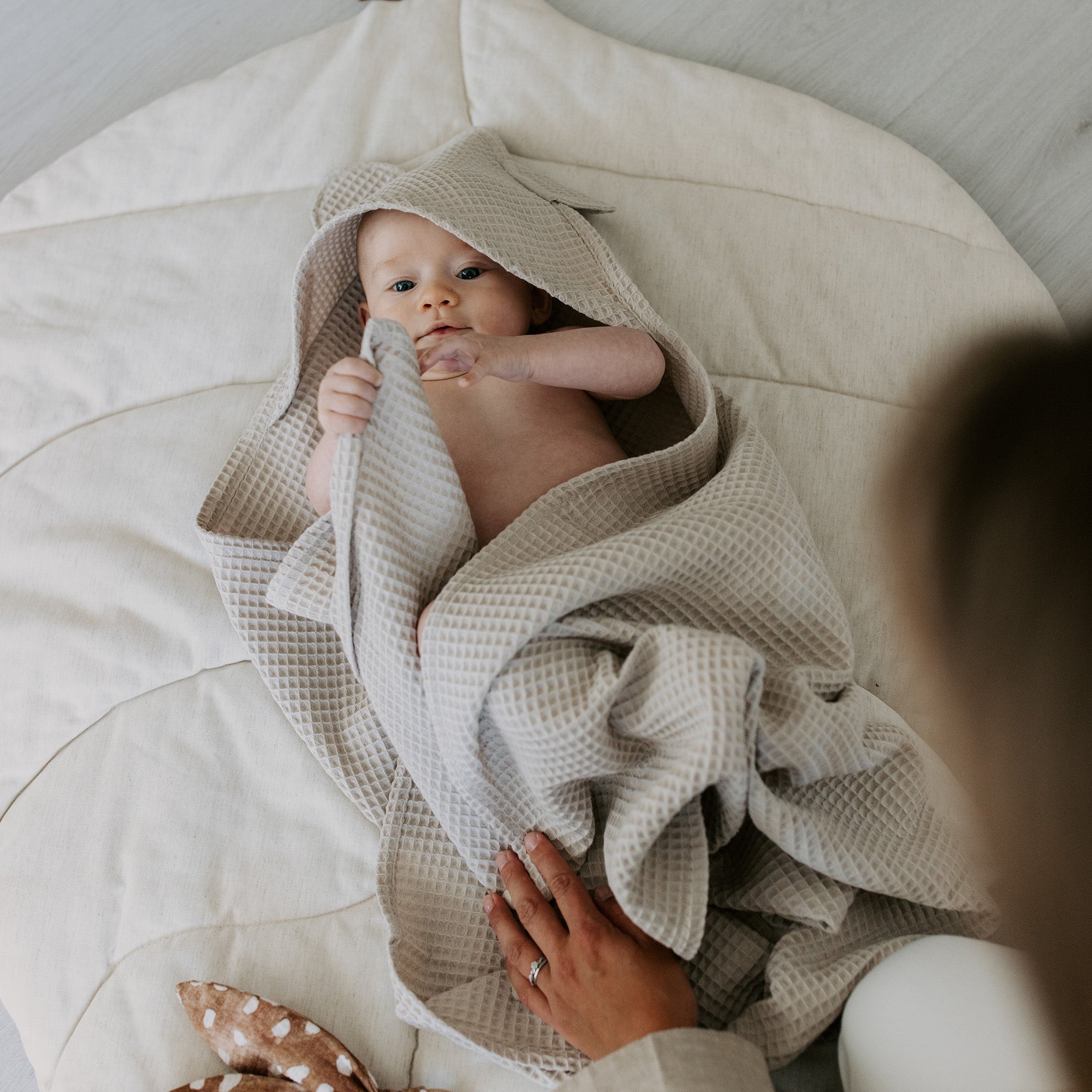
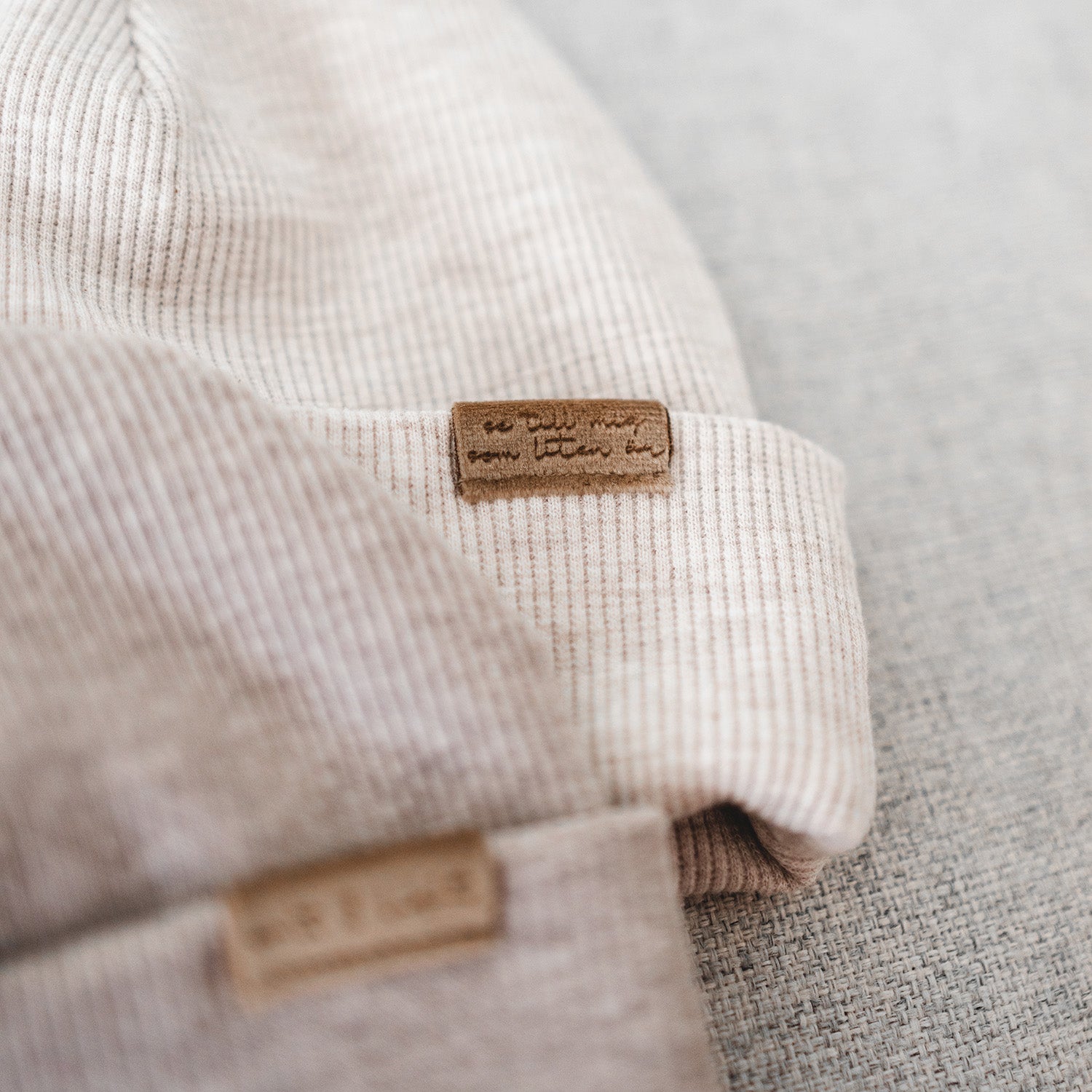
1 comment
Jag ska klippa till en A-linjeformad kjol och för att den ska få ett snygg fall ska trådriktningen hamna på diagonalen.
Förstår inte hur jag ska göra fast jag läst på flera ställen.
Hälsn Maria